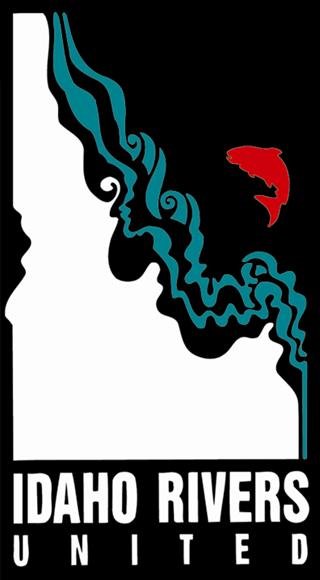New Regulations to Threaten Wetland Protection
On Monday, November 17th, the Environmental Protection Agency and the U.S. Army Corps of Engineers released their proposed new definition of “waters of the United States,” which determines which water bodies are subject to jurisdictional protection under the federal Clean Water Act.
The proposed rule follows the 2023 Supreme Court Decision in Sackett v. EPA, where the Court limited the scope of the Clean Water Act, finding that wetlands were only protected by the federal law if they had a “continuous surface connection” to an otherwise covered waterbody.
Following the Sackett decision, it was clear that the Trump administration intended to enact new rules interpreting the decision to codify agency interpretation that will likely further weaken one of our nation's bedrock environmental protection measures. This newly proposed rule is worse than we feared and will have catastrophic consequences for our wetlands and the critical ecosystem services they provide.
According to the agency's own regulatory impact analysis, nationwide, 81% of wetlands by acreage in the contiguous U.S. that have been mapped by the federal government would not be protected under the new draft rules. In Idaho the picture is even more grim. Of Idaho’s 767,909 acres of inventoried wetlands, only 64,424 of them would receive protection under the new interpretation - leaving 92% uprotected.
As Idaho continues to face increased growth and development, coupled with the stress of a changing climate, we desperately need stronger protections, not weaker, for our clean water to help protect our communities and the environment.
Once the proposed rule is published in the Federal Register, the public will have 45 days to weigh in during the public comment period. IRU will continue to track this proposed rule and will share our comments with our supporters as they are finalized.



